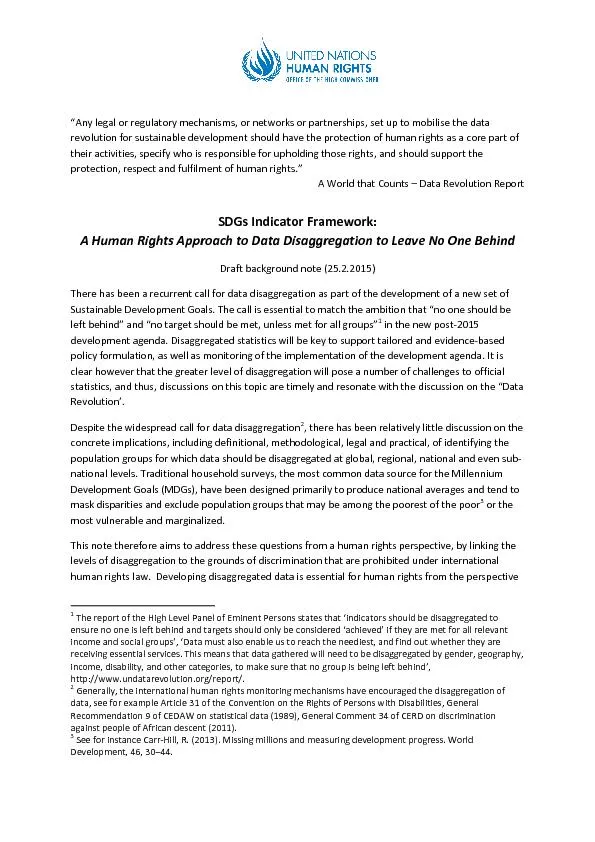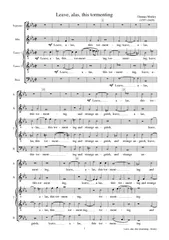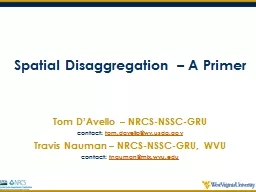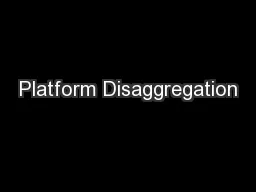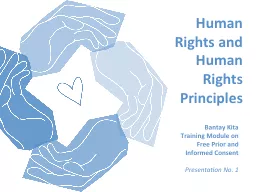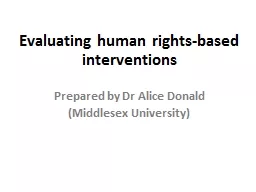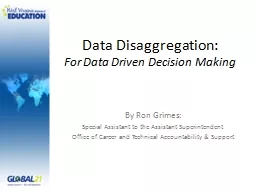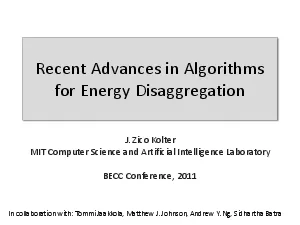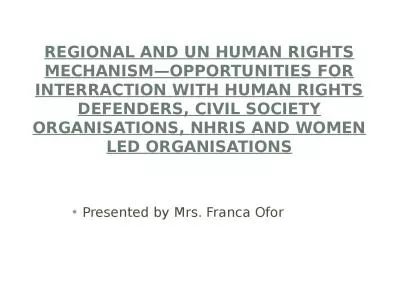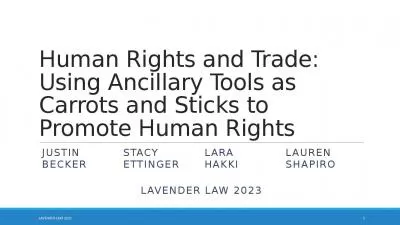PDF-A human rights approach to data disaggregation to leave no one behind
Author : test | Published Date : 2017-04-11
x201C se the data revolution for sustainable development should have the protection of human rights as a core part of their activities specify who is responsible
Presentation Embed Code
Download Presentation
Download Presentation The PPT/PDF document "A human rights approach to data disaggre..." is the property of its rightful owner. Permission is granted to download and print the materials on this website for personal, non-commercial use only, and to display it on your personal computer provided you do not modify the materials and that you retain all copyright notices contained in the materials. By downloading content from our website, you accept the terms of this agreement.
A human rights approach to data disaggregation to leave no one behind: Transcript
Download Rules Of Document
"A human rights approach to data disaggregation to leave no one behind"The content belongs to its owner. You may download and print it for personal use, without modification, and keep all copyright notices. By downloading, you agree to these terms.
Related Documents

